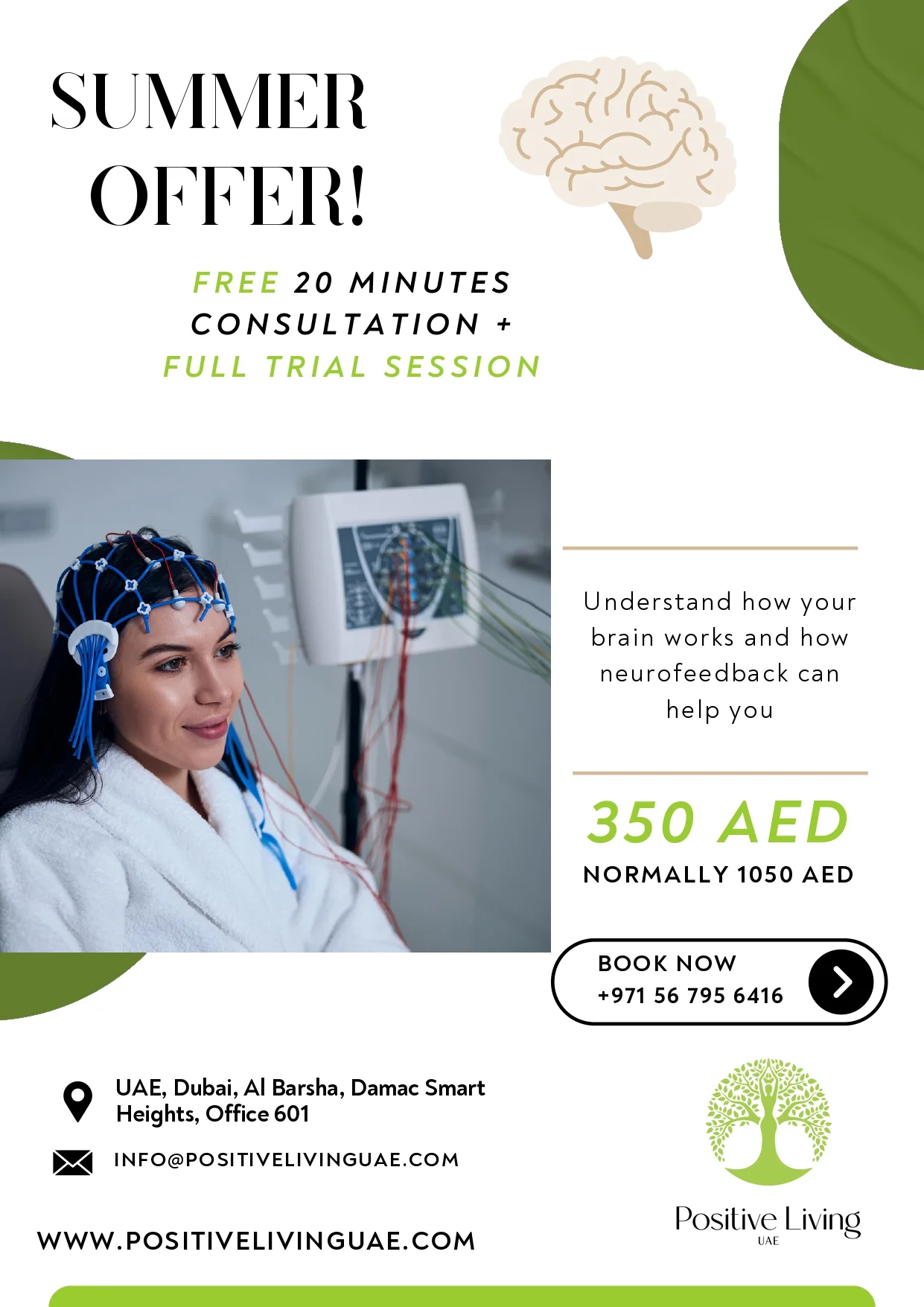Are Teens Addicted to AI? The Hidden Risks of ChatGPT and Technology
The recent growth in technology has meant we are dependent on technology more than ever before, and this has been especially true for teenagers. They are increasingly glued to their screens, leading to widespread concerns about technology addiction in youth. This phenomenon, often referred to as digital addiction in adolescents, is often driven by excessive use of smartphones, social media, and emerging tools like AI chatbots. As devices become integral to daily life, understanding this addiction is crucial for parents and educators to protect young minds from getting swallowed by it.
What is Device Addiction?
- Device addiction refers to a behavioral dependency where individuals compulsively use electronic gadgets, often prioritizing them over real-life interactions and responsibilities.
- It includes specific forms like ChatGPT addiction in teenagers, where AI interactions provide constant engagement and emotional validation, fostering reliance.
- Unlike casual use, addiction involves loss of control, with teens averaging 7 hours and 22 minutes of daily non-school screen time, far exceeding recommended limits.
- Globally, users aged 16-64 spend about 6 hours and 38 minutes per day on screens, highlighting how normalized this behavior has become among youth.
Early Signs of Technology Addiction in Youth
- Noticeable withdrawal symptoms, such as irritability or anxiety when devices are removed, signal emerging issues in teen addiction to devices.
- Increased secrecy around screen use, like hiding phones or lying about time spent online, is a common red flag for digital addiction in adolescents.
- Neglecting schoolwork, hobbies, or social activities in favor of devices indicates a shift toward problematic patterns, affecting about 11% of adolescents with uncontrollable social media habits.
- Physical cues, including disrupted sleep, reported by 67% of teens due to late-night device use, can emerge early in technology addiction in youth.
Why Device Addiction Is on the Rise
The surge in device addiction among teenagers stems from the nature of technology, designed to captivate young users through endless notifications and personalized content. Factors like social pressures and the rise of AI tools push this further, making it harder for youth to disconnect. As access to smartphones is common among teens today, understanding these factors is essential for addressing the root causes.
Triggers for Addiction
- Social media platforms and apps are engineered for prolonged engagement, leading to addictive behaviors in nearly 1 in 4 teens with high mobile phone use habits by age 14.
- ChatGPT addiction in teenagers is fueled by features offering instant, tailored responses and emotional support, with studies showing 17-24% of adolescents developing AI dependence over time.
- Pandemic-era increases in screen time, up 30% since 2022, have normalized excessive use, with 45% of teens online almost constantly.
- Peer influence and FOMO (fear of missing out) drive youth to check devices 205 times daily on average, a 46% rise from 2024.
Role of Emerging Technologies
- AI tools like ChatGPT can provide harmful advice, such as hiding substance abuse or concealing disorders, posing risks to vulnerable teens.
- Video games and streaming services contribute to technology addiction in youth by rewarding extended sessions, often leading to emotional dependence.
- Lack of self-control in adolescents makes them prone to these technologies, with brain chemistry changes similar to other addictions.
The Impacts of Excessive Screen Use
Excessive screen time poses significant risks to teenagers’ well-being, affecting both mind and body in profound ways. Research highlights how prolonged device use disrupts development, leading to long-term consequences. Recognizing these effects is key to motivating change and seeking timely intervention.
Psychological Impacts
- Increased anxiety and depression are linked to high screen time, with preteens showing symptoms later in life.
- Addictive screen use raises suicide risk, affecting over 40% of youth with problematic patterns.
- Social isolation and emotional problems form a vicious cycle, where screens are used to cope but worsen issues like ADHD-related symptoms.
- Feelings of exclusion and poor stress regulation are common, leading to an increase in mental health challenges among adolescents.
Physical Impacts
- Sleep disturbances affect 67% of teens, leading to fatigue and weakened immunity from blue light exposure.
- Eye strain, neck pain, and back issues arise from poor posture during extended use.
- Higher obesity rates due to sedentary behavior, with infrequent physical activity in 45.6% of high-screen-time teens.
- Overall health declines, including cognitive fog and reduced attention spans.
Steps to Prevent Digital Addiction in Adolescents
Preventing teen addiction to devices requires strategies that balance technology’s benefits while maintaining healthy boundaries. By creating awareness and habits early, families can tackle excessive use before it escalates. These steps could allow teens to manage their digital lives responsibly.
Implementing Teen Screen Time Management
- Set clear limits, such as no devices after a particular time, to promote better sleep and routines.
- Create tech-free zones like bedrooms and mealtimes to encourage face-to-face interactions.
- Use apps or parental controls to monitor and restrict usage, aiming for under 2 hours of recreational screen time daily.
- Encourage alternative activities, like sports or hobbies, to reduce reliance on screens.
Building Healthy Habits
- Model balanced tech use as parents, since 46% feel addicted themselves and influence teens.
- Discuss risks openly with empathy, using open-ended questions to involve teens in solutions.
- Gradually reduce harm rather than abrupt changes, helping teens take ownership of their habits.
- Promote mindfulness practices to build self-control against addictive features in apps like ChatGPT.
The Role of Teenage Coach or Counseling in Recovery
Teenage counseling offers the necessary supportive framework for addressing digital addiction in adolescents, helping them figure out and solve emotional dependencies. In regions like Dubai, specialized service providers like Positive Living offer tailored guidance to rebuild healthy relationships with technology. Engaging in therapy can help you face the challenges head-on and get the better of them.
How Teenage Counseling Can Help
- Counselors assist in processing emotions and developing coping mechanisms beyond screens.
- Therapy builds resilience against triggers like ChatGPT addiction in teenagers, reducing reliance on AI for validation.
- Sessions address underlying issues such as anxiety or depression linked to excessive use.
- Group or family therapy can help in building better communication and shared strategies for teen screen time management.
When Should You Seek Help?
- If addiction interferes with daily life, like declining grades or social withdrawal, professional intervention should be considered.
- Persistent sleep loss or mood changes signal the need for help, especially if teens show characteristics similar to substance abuse.
- When self-attempts to reduce use fail, or harmful behaviors like concealing issues emerge.
- Early signs of co-occurring mental health issues, such as increased depression from phone addiction.
How to Choose the Right Teen Coach/ Counselor
- Look for licensed professionals with experience in adolescent issues, such as those offering Teen Coaching/ Counseling in Dubai.
- Prioritize an expert teen therapist Dubai with training in digital addiction and holistic approaches.
- Check credentials, including DHA or CDA licensing, and inquire about their models, like online sessions.
- Consider factors like availability, language, and client reviews to make sure they are a good fit for your teen.
Conclusion
Technology is a huge part of teen life, and when it’s balanced, it can help them learn and connect. But when devices become the main way a young person copes, sleep, school, and mood can suffer. If you are worried about persistent late-night use, mood changes, or a teen who talks more to apps than people, don’t wait; early steps can make a big difference.
At Positive Living UAE, we specialize in compassionate support for families dealing with device overuse. Our teen counselling service combines one-to-one therapy for adolescents with family and parent coaching, helping teens build healthier habits while teaching parents simple, realistic ways to set boundaries. If your teen is showing signs of digital addiction or you simply want a professional plan to manage screen use, we are here to help. Not sure where to begin? Let’s walk through it together, at your pace. Book a personalised teen counselling session with Positive Living UAE today.






